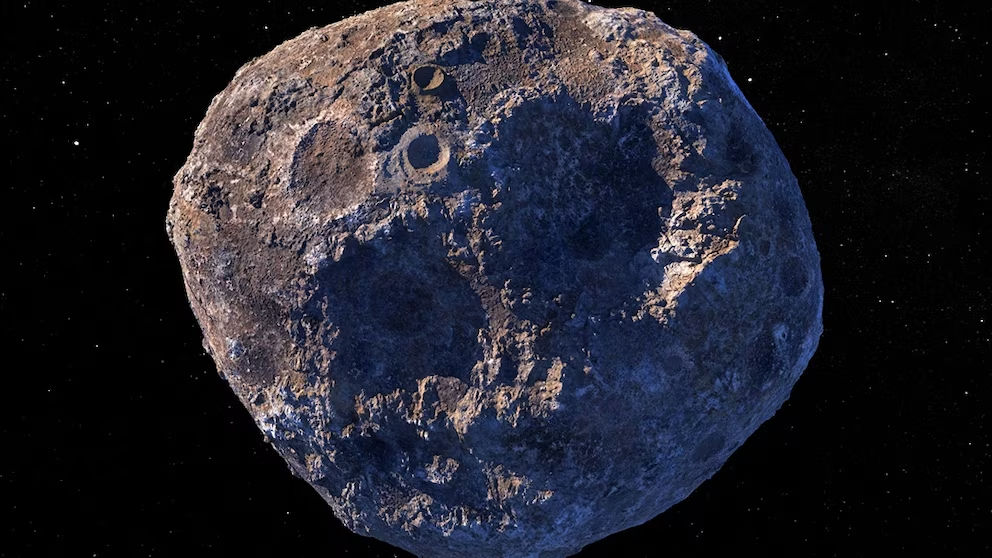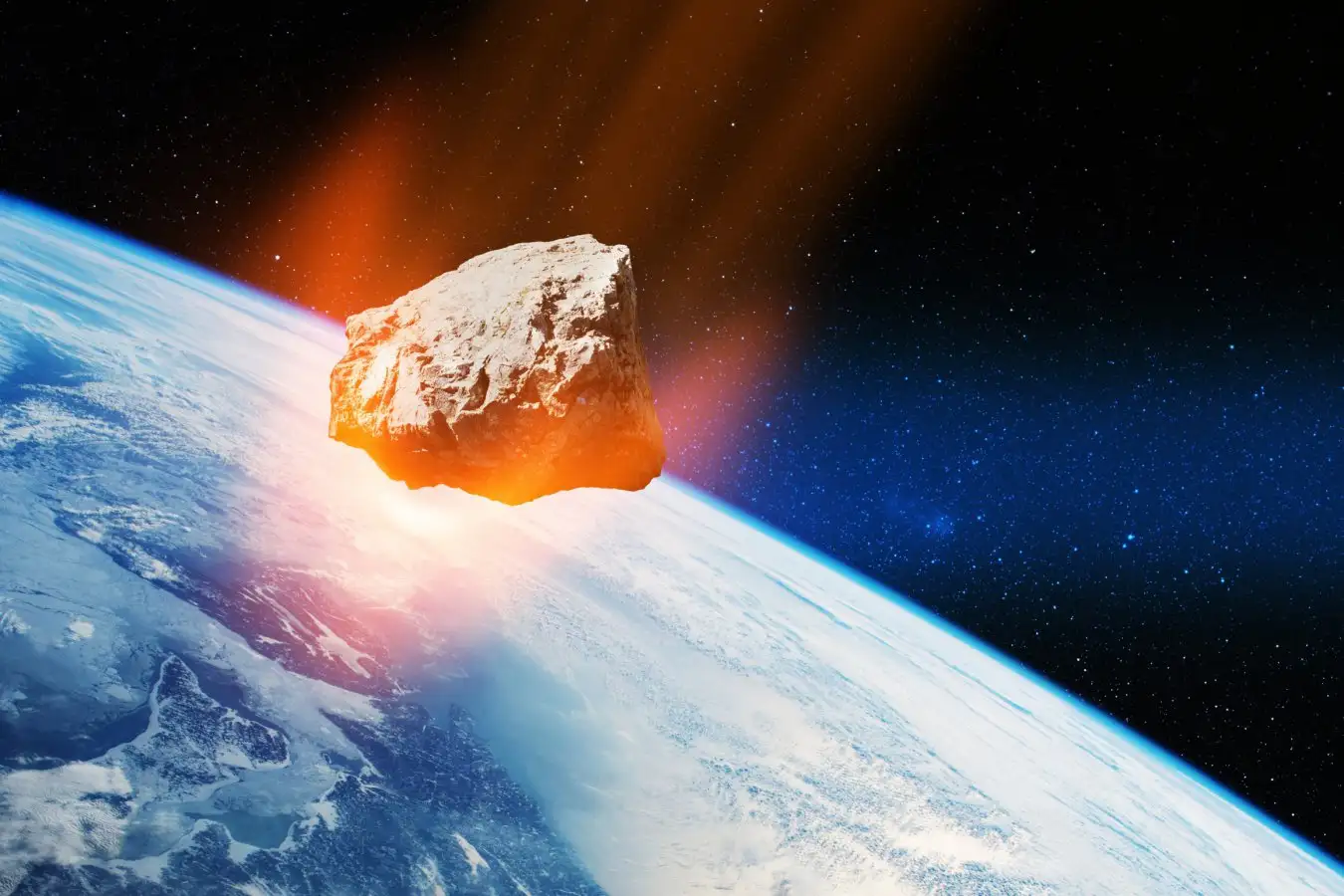In recent weeks, the topic of a NASA asteroid hitting Earth has been trending on Google, sparking curiosity and concern among people worldwide. With so much information circulating online, it’s essential to separate fact from fiction. In this blog, we’ll dive into the latest updates from NASA, the science behind asteroid detection, and what it means for our planet.
What’s the Buzz About a NASA Asteroid Hitting Earth?
The idea of an asteroid colliding with Earth has long been a popular theme in movies and books. However, recent reports from NASA have brought this topic back into the spotlight. Scientists are constantly monitoring near-Earth objects (NEOs) to assess potential threats. While no imminent asteroid impact is predicted, NASA’s efforts to track and study these celestial bodies have captured public attention.
How NASA Tracks Asteroids
NASA’s Planetary Defense Coordination Office (PDCO) is responsible for detecting and monitoring asteroids that could pose a risk to Earth. Using advanced telescopes and radar systems, NASA identifies and tracks thousands of NEOs. The agency’s Sentry Impact Risk Table provides real-time data on asteroids with even the slightest chance of impacting Earth.

One of NASA’s most notable missions is the Double Asteroid Redirection Test (DART), which successfully demonstrated the ability to alter an asteroid’s trajectory. This groundbreaking experiment shows that humanity has the potential to defend against future asteroid threats.
Are Asteroids a Real Threat to Earth?
While the chances of a catastrophic asteroid impact are low, the consequences could be devastating. Historically, asteroids have played a significant role in shaping Earth’s history, such as the one believed to have caused the extinction of the dinosaurs.
NASA estimates that over 90% of the largest asteroids (those capable of causing global damage) have already been identified and pose no immediate threat. However, smaller asteroids, which are harder to detect, can still cause significant regional damage.
What Happens If an Asteroid Is Heading Toward Earth?
NASA and international space agencies have protocols in place to respond to potential asteroid threats. If an asteroid is found to be on a collision course with Earth, scientists would calculate its size, speed, and impact location. Depending on the situation, strategies like deflection missions (similar to DART) or evacuation plans could be implemented.
Public awareness and preparedness are also crucial. NASA regularly shares updates through its website and social media channels to keep the public informed.
Why This Topic Is Trending Now
The recent surge in searches about a NASA asteroid hitting Earth can be attributed to a combination of factors. Increased media coverage of space missions, advancements in asteroid detection technology, and public fascination with cosmic events have all contributed to the trend. Additionally, NASA’s ongoing efforts to study asteroids and protect Earth have sparked widespread interest.
Final Thoughts
While the idea of an asteroid hitting Earth may sound alarming, it’s important to remember that NASA and other space agencies are working tirelessly to monitor and mitigate potential threats. The trending topic serves as a reminder of humanity’s vulnerability to cosmic events but also highlights our growing ability to protect our planet.





